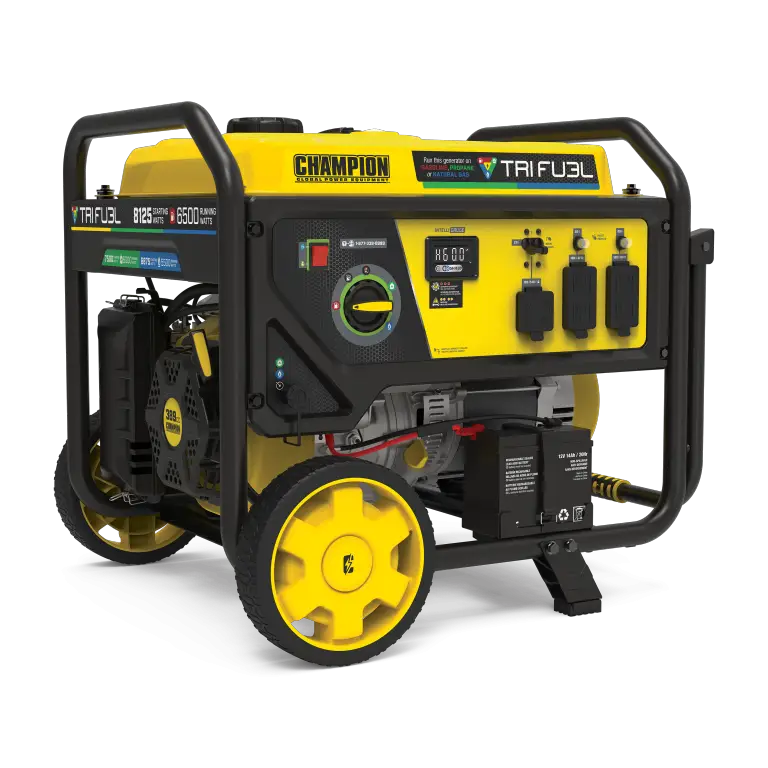
If you’re planning to pour concrete for any kind of DIY project, or you’ll be hiring someone to do this work for you, there are three things I’ve found essential for long-lasting results. These are especially important with the wide swings in temperature we get here in Canada, and it begins with something that even many professionals don’t pay enough attention to. If these methods work here in Canada, they’ll work anywhere.
Rust-Proof Rebar

Concrete is very strong when it comes to resisting forces of compression, but not that strong when it comes to tension – forces that want to pull concrete apart. This is why structural concrete is always reinforced to boost tensile strength. Traditionally this has been done by embedding steel “rebar” into the concrete when poured. This does a good job as far as it goes, except for one big thing.
Steel rebar rusts if moisture seeps into the concrete (not unusual), and rusting steel expands with unstoppable force. If this happens inside concrete (and it sometimes does in time) it can cause flaking and massive deterioration as sheets of concrete get pushed apart from the inside out. This is where an up-and-coming type of rebar makes all the difference.
Fibreglass rebar looks quite a bit like the steel stuff, except it’s 100% rustproof. It’s actually somewhat stronger than steel rebar in tension, too. I never use steel rebar in any of my projects any more. Steel doesn’t always cause deterioration, but why take the chance?
Reinforcing Fibers

As it turns out, rebar isn’t the only kind of reinforcement that concrete benefits from. Synthetic fibres added to concrete also greatly boost the working life of concrete on a finer scale. This fluffy white stuff gets added to the mix at the concrete plant, but you can also add it when mixing small batches of concrete in a portable mixer. Fibre has been shown to boost the crack resistance of concrete, especially with floors. The added cost is insignificant, so there’s no reason not to add fibre. When this stuff first came out, it was hard for homeowners to find it, but not now. I usually order my fibre from Amazon, and put in 8 cups in each portable mixer load of concrete. If you’re bringing in a ready-mix truck of concrete, just ask them to add fibre at the mixing plant when you order.
Vibration Boosts Strength

When mixed properly, concrete is thin enough to flow, but thick enough that it will stay in a pyramid-shaped pile four or five inches high. And while it make seem like this is fluid enough to fill forms properly, concrete needs a little help to flow completely into nooks and crannies, and for trapped air bubbles to rise to the surface. This is where a special tool comes in.
Concrete vibrators use a flexible shaft to impart a high-frequency jiggling action to wet concrete, and this let’s it flow much more easily while vibration is present. Vibrating concrete is required for all engineered situations because it boost strength so much, but it’s also a great idea for any DIY project. There are two ways to get a concrete vibrator for your small projects.
Every tool rental outlet offers concrete vibrators by the day, but several tool manufacturers also have bargain-priced units for sale. You’ll have no trouble finding a basic corded model for less than $200. Any concrete project is worth this extra expense, and if you’re pouring one project you’ll probably pour more in the future. There’s just one thing you need to keep in mind.
When concrete is vibrated it puts quite a bit more force on any forms you’ve built. If your forms are constructed properly, this will be no issue. Just watch as you’re pouring and lay off on the vibrating if signs of strain show up.












